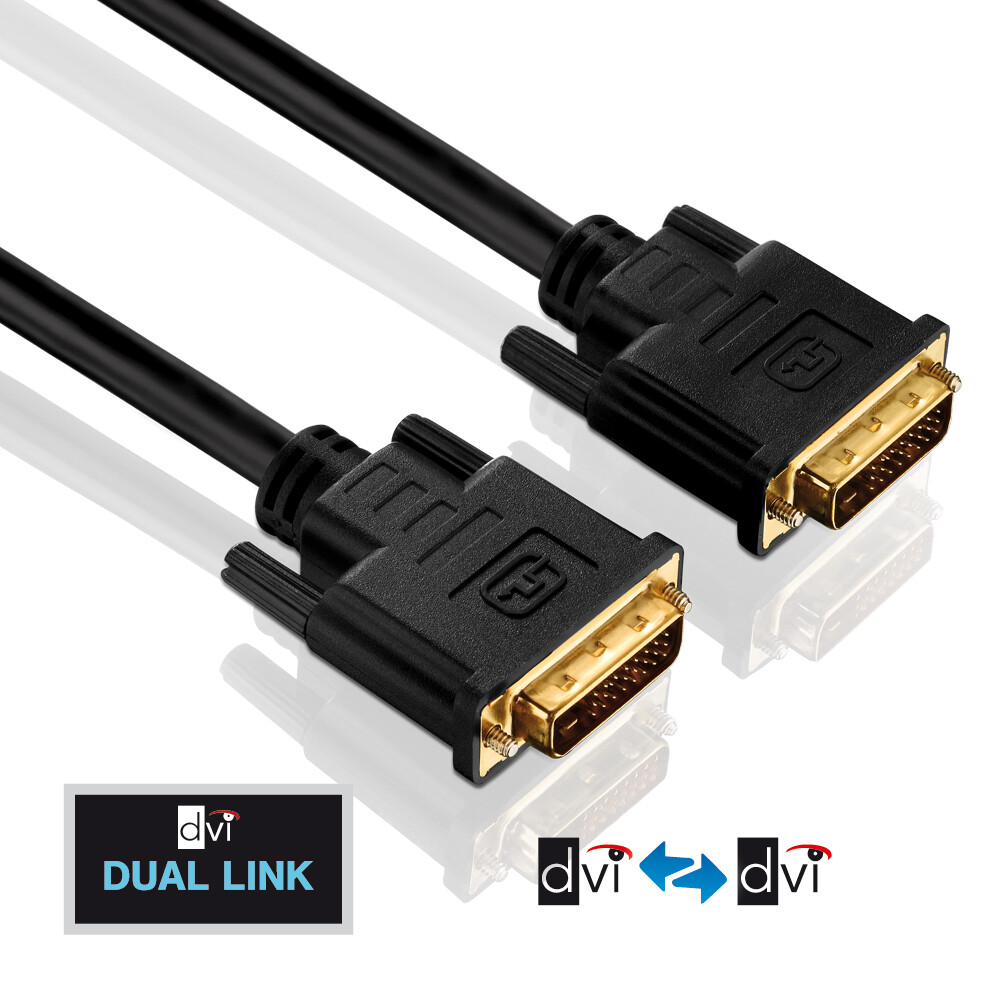















£20.90*
Prices incl. VAT.
Expected in 5-8 working days
Shipping from £8.99 Product number: 1920066


visunext Services
Product information
PureLink DVI Kabel - Dual Link - Black - 3,0m
Technical data
| Name | PureLink DVI Kabel - Dual Link - Black - 3,0m |
|---|---|
| Article number | 1920066 |
| GTIN/EAN | 4260134119030 |
| Manufacturer SKU | PI4200-030 |
| Model name | PI4200-030 |
| Brand | Purelink |
| Product Type | DVI cable |
| Inputs | 1x DVI-D |
| Outputs | 1x DVI-D |
| Cable length | 3 m |
| Colour | Black |
| Condition | New |
| Warranty | 24 Month |
| Warranty type | Bringin service Service and support information |
Product safety
| Person responsible for the EU |
|---|
| PureLink GmbH |
| Von-Liebig-Str. 10 |
| 48432 Rheine |
| Germany |
| info@purelink.de |



